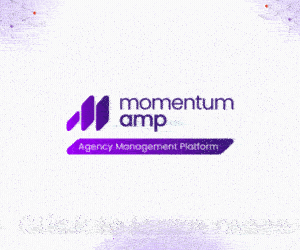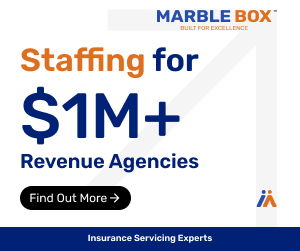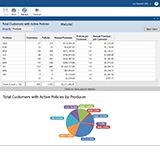Tax Minimization vs. Loan Value Maximization
One issue Patterson encounters all the time is this: Most agencies will prepare their tax returns to minimize current year profits, because this minimizes your tax bill. But that also minimizes EBITDA – earnings before interest, taxes, depreciation and amortization – on your income tax return as well. EBITDA is a key metric analysts use to measure free cash flow. So by minimizing your taxes, you may also be hampering your ability to raise debt capital over the next couple of years.
Also, some firms just don’t have a strong discipline about financial reporting. This is especially true of smaller firms, without in-house accounting staff to handle it for you.
Terms
Loan terms in this space are reasonable, too: Default rates have historically been very modest – in the low single digits, according to Newton. Which in turn enables them to lend at rates around 5 to 6 percent, currently, for solid agencies which can demonstrate ample free cash flow and with strong personal credit scores. Weaker personal scores, of course, translate to higher interest rates, peaking at 10 to 11 percent, as of August 2012. Naturally, prevailing rates fluctuate with time, as well, so your mileage may vary depending on your credit and overall situation.
The term of the loans available differ with the intended use of the money. Loans intended to purchase an entire practice outright can be amortized out over 10 to 15 years, if need be. Loans for more short-term projects may be closer to the 5-year mark.
Loan amounts can be as low as $10,000, and as high as $10 million, if available cash flow justifies the amount.
Carrier-Specific Lenders
In some cases, carriers have formed relationships with or cultivated their own hip-pocket lenders, specializing in providing liquidity for their own agents seeking to sell their practices, and those junior agents seeking to acquire their businesses. This gives modestly successful agents without rich families a fighting chance to acquire successful practices, while enabling sellers to get a fair price for their businesses. For example, one such lender is PPCLOAN, which focuses solely on Allstate agencies.
This simplifies underwriting a great deal – reporting systems are relatively uniform, and commission streams are relatively standardized and easy to quantify.
Mechanics
A standard arrangement is for agents to assign their commission streams to the lender. The lender will take out its payment, and forward the balance, if any, that’s left over. This goes a long way to ensure the lender of prompt payment, of course. This arrangement also gives lenders an early warning system if an agents’ projected cash flows begin to falter. This allows lenders to take proactive steps to work with borrowers to avoid a default situation – perhaps by refinancing or extending the terms of the loan.
Outlook
Both Newton and Patterson are looking for more and more capital to flow into agency loans. Patterson notes that the average age of an insurance agent is now well 59. There will be intense demand for capital to finance purchase of books of business or agencies from agents looking to retire. “Something is going to happen to that capital over the next seven to ten years,” Patterson says. Newton is already seeing a substantial increase in loan volume in recent months.
Both experts anticipate that the liquidity will be there: Investors are hungry for safe lending options that generate returns not highly correlated with either the mainstream equity or bond markets. And the insurance industry is a proven generator of profitable agencies that have very low default rates compared to other alternative borrowers. There is no sign that capital is going to dry up in this area any time soon.
















